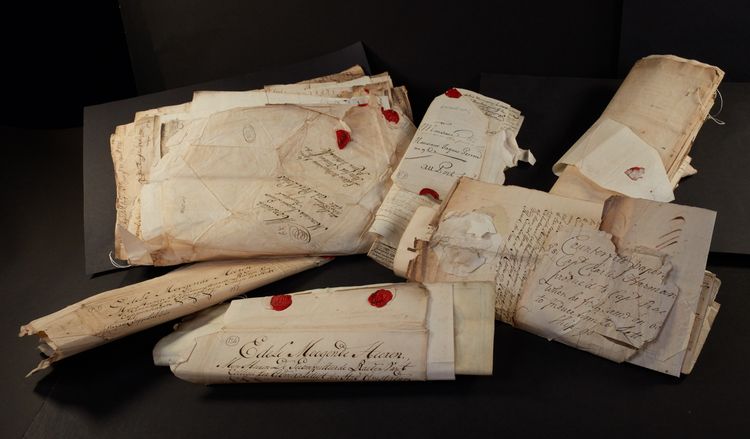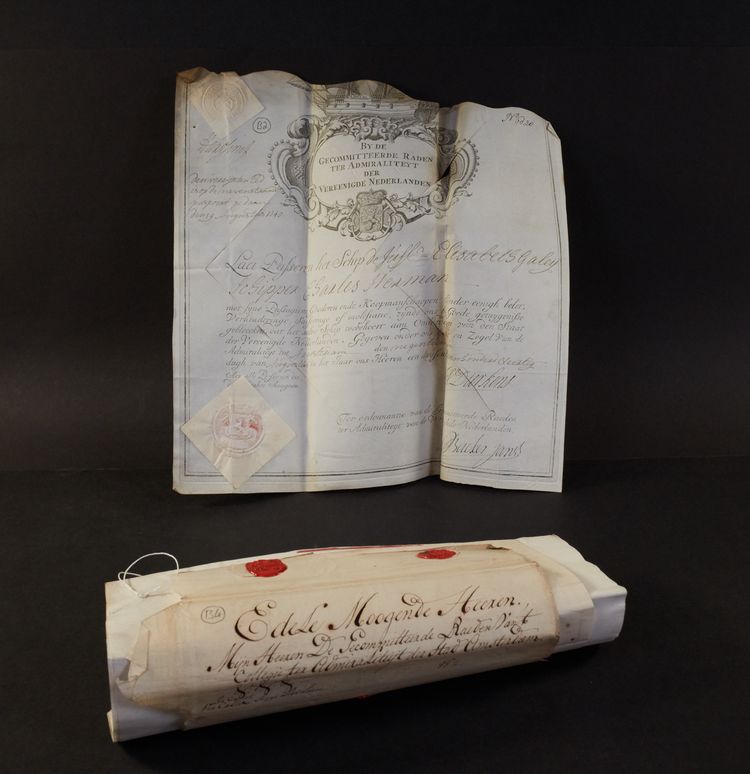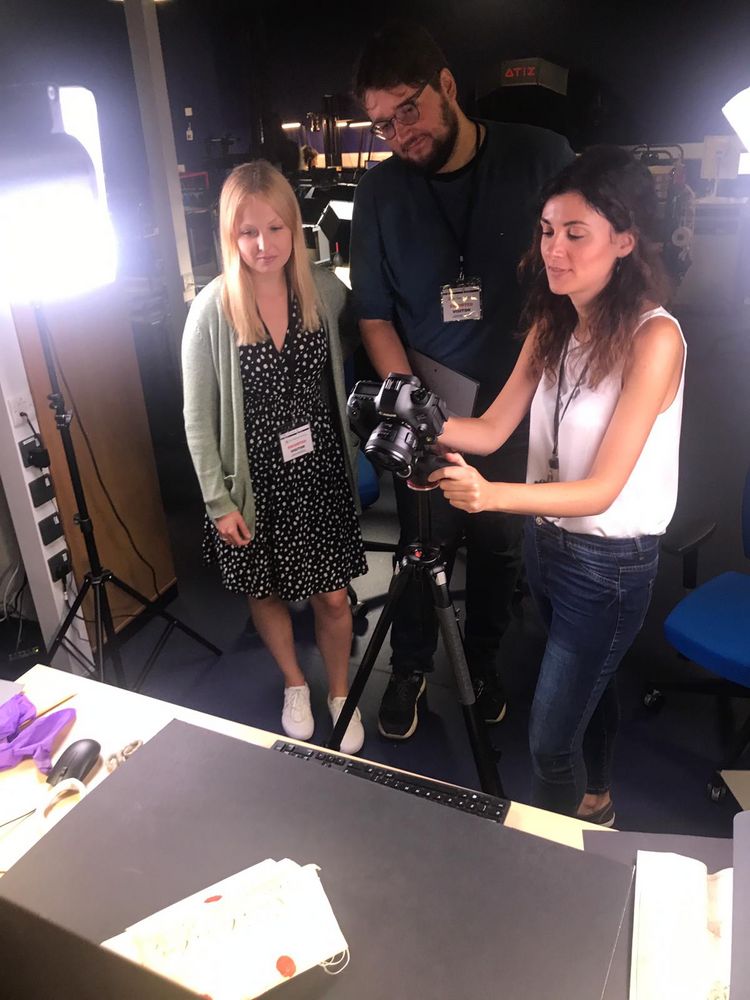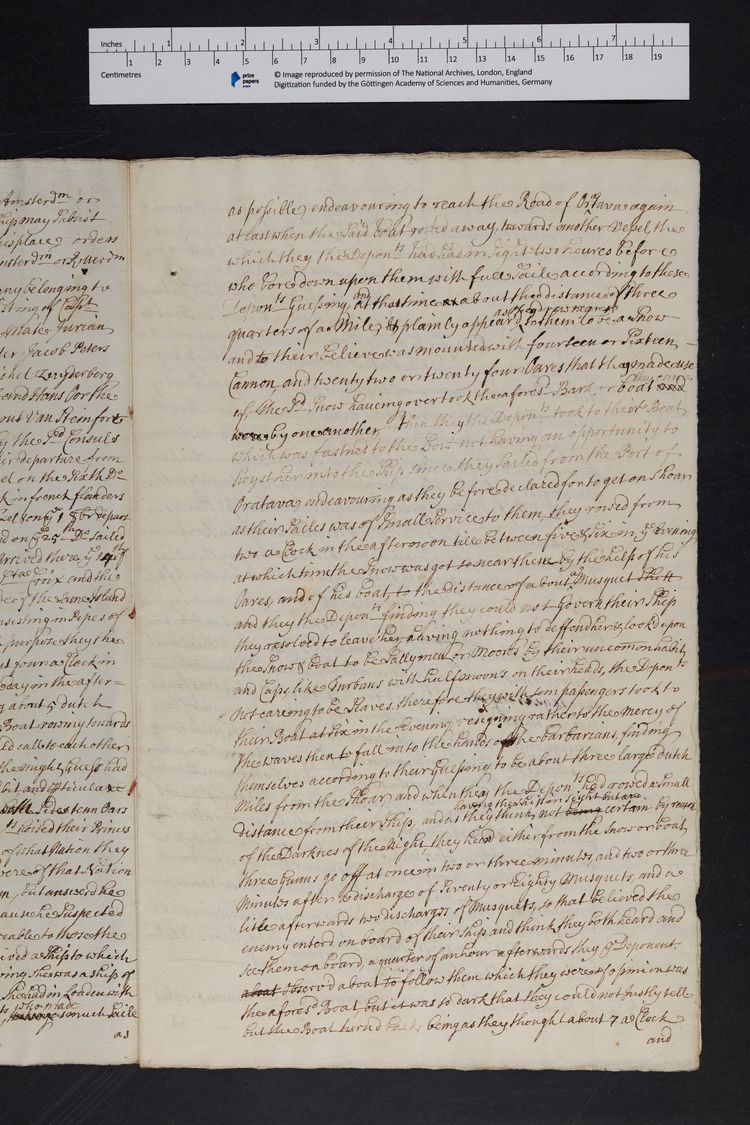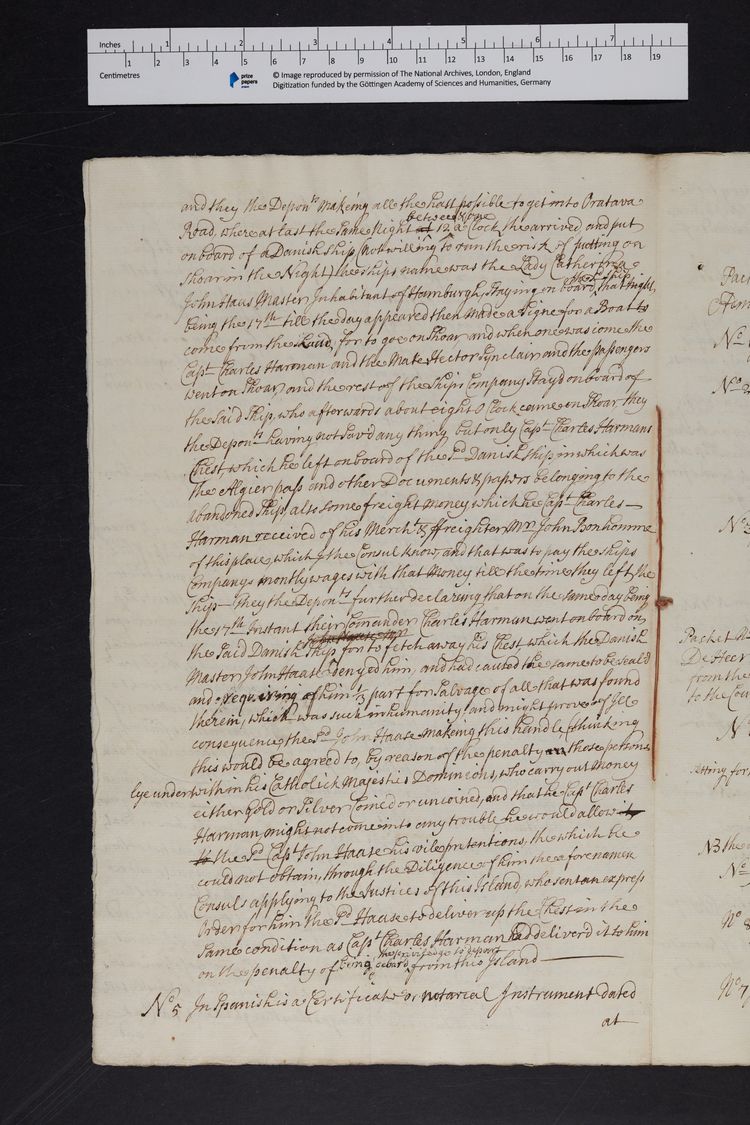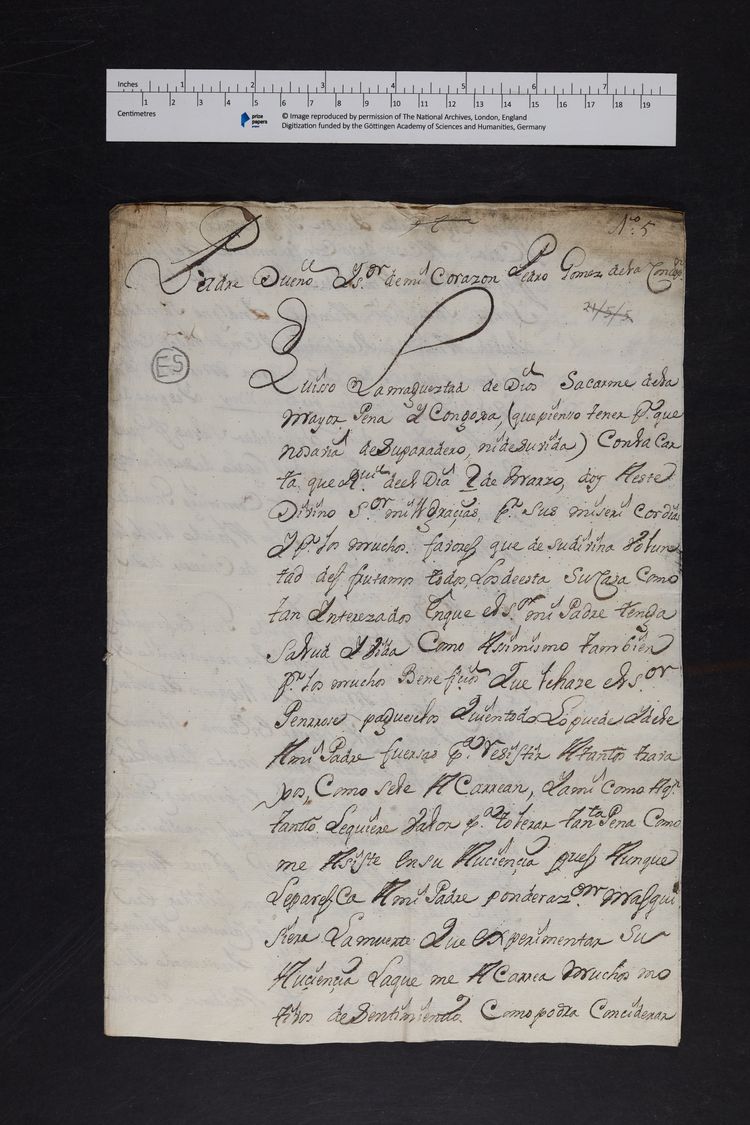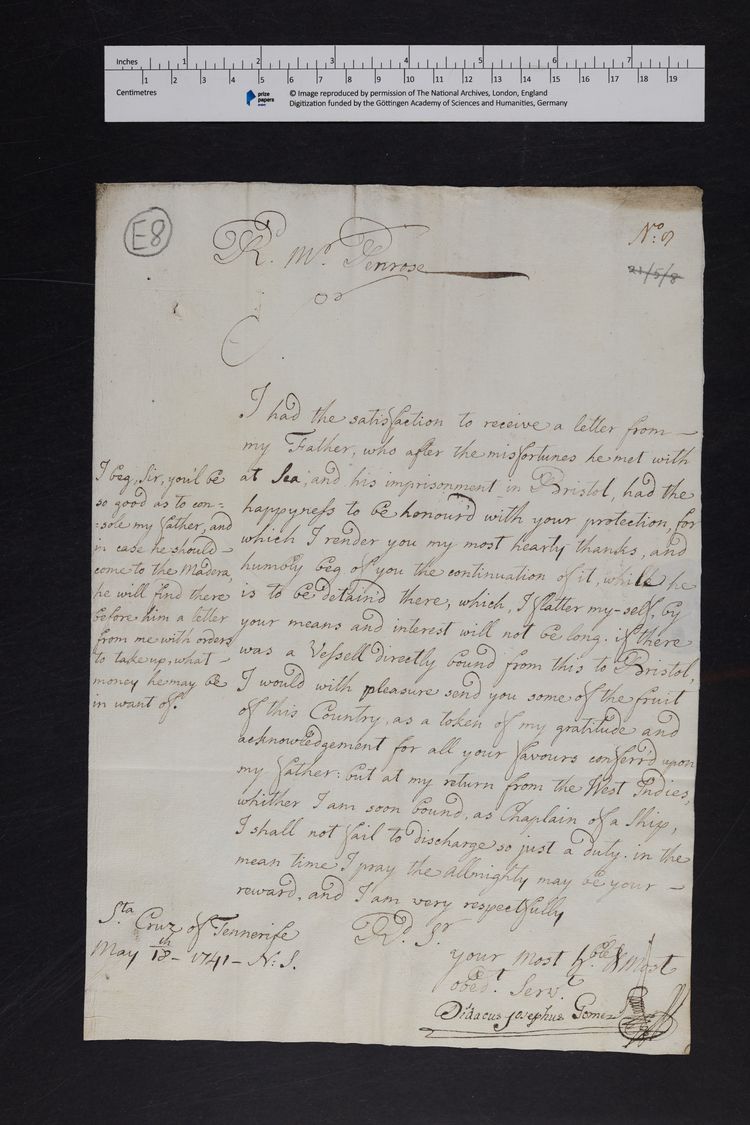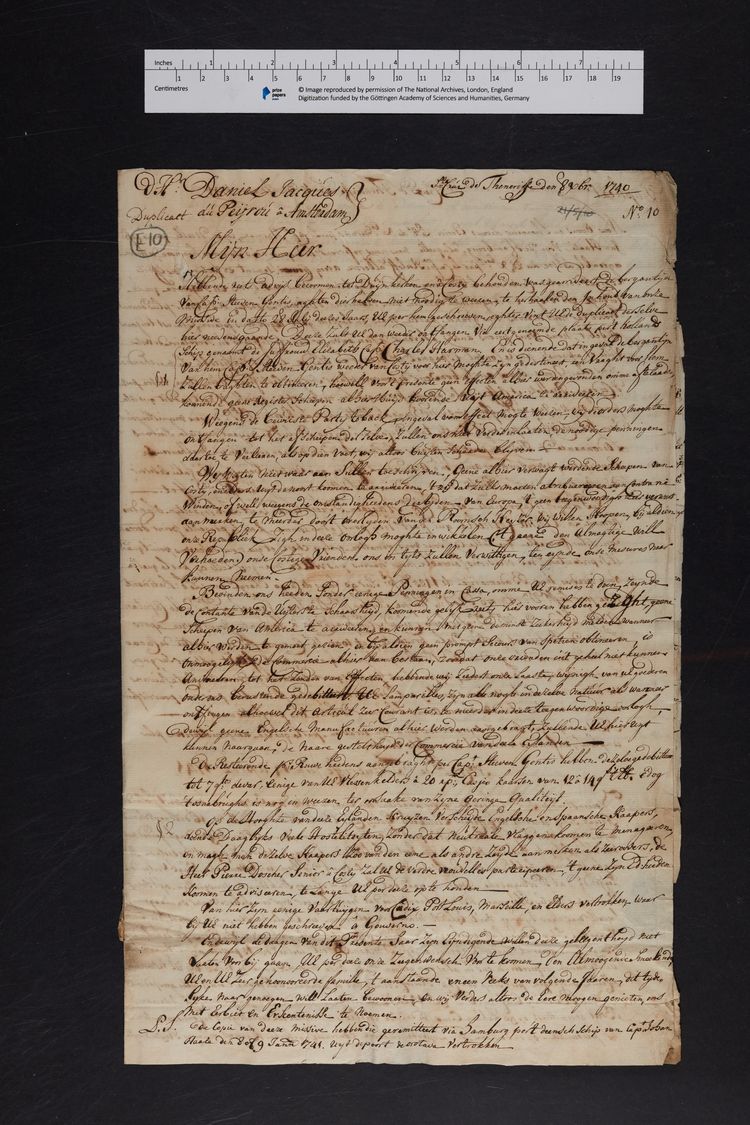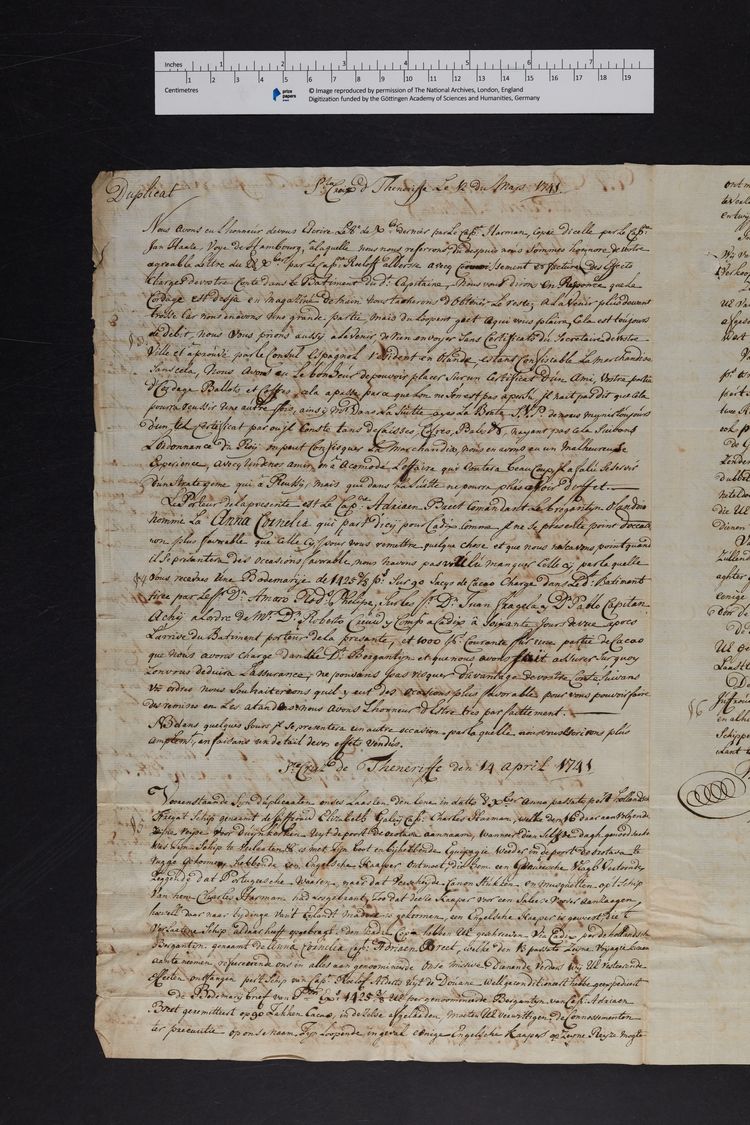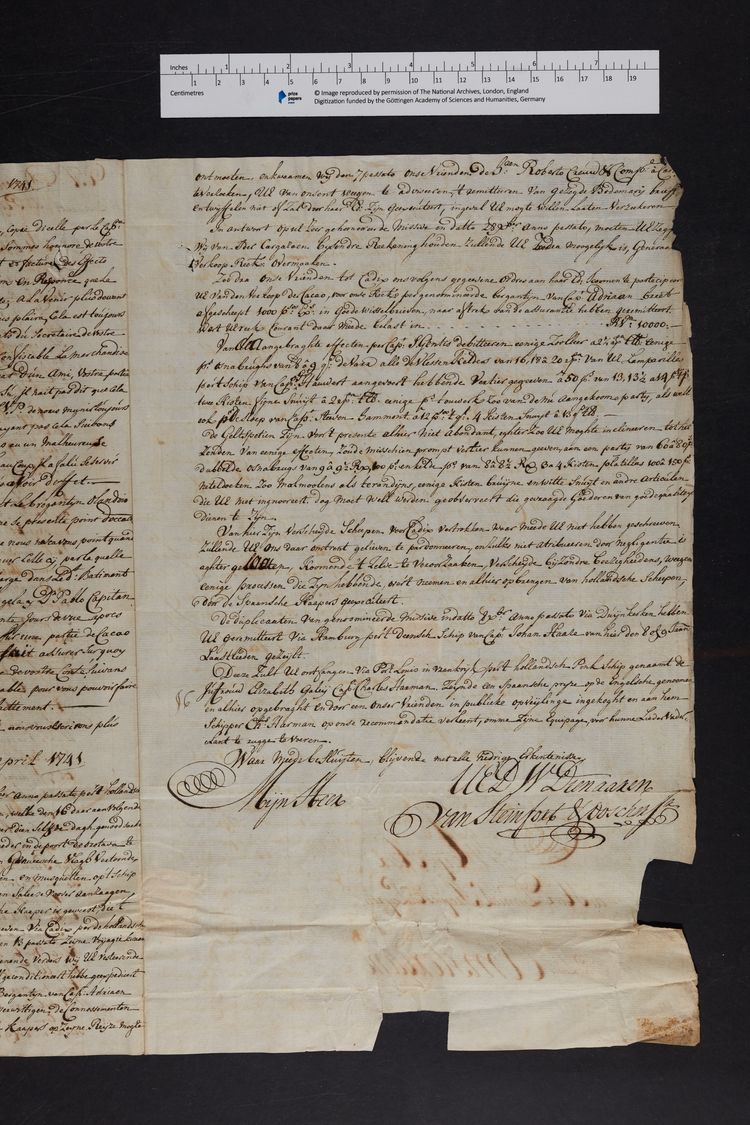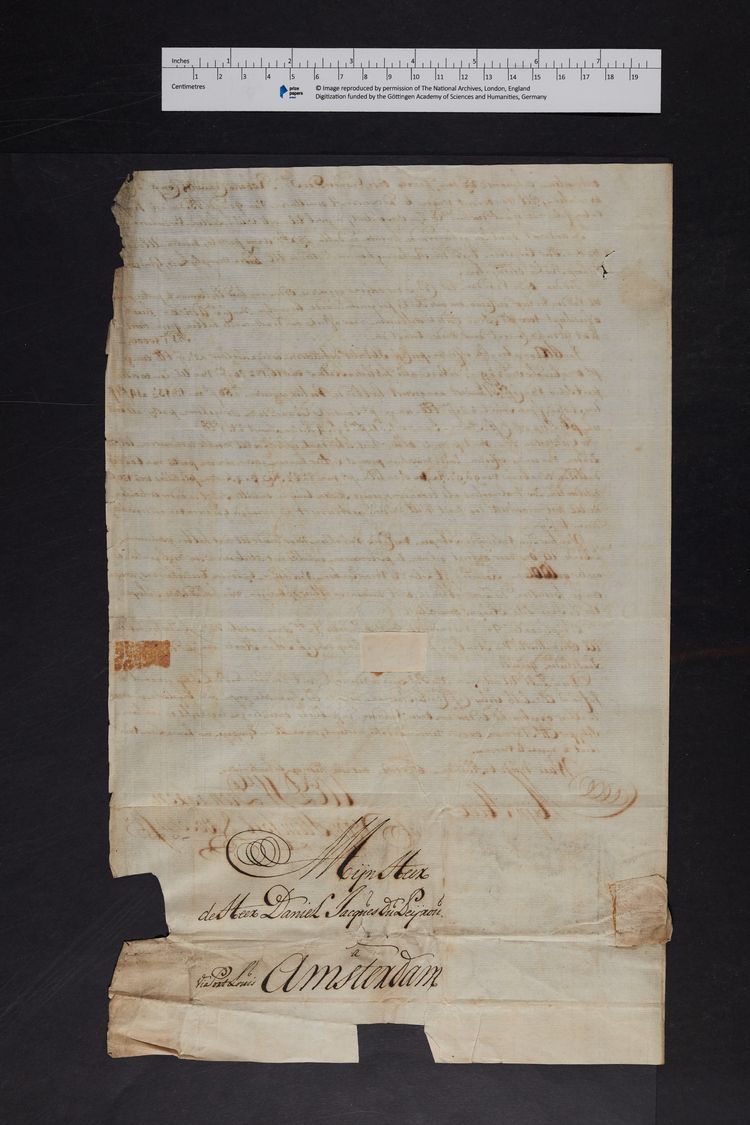Juffrouw Elizabeth Galley
Juffrouw Elizabeth Galley
In September 1740 Charles Harman, master of the Dutch ship Lady Elizabeth or Juffrouw Elizabeth Galley, and his crew set out on a journey from Amsterdam to the Canary Island of Tenerife via Texel and Dunkirk. After loading a new cargo on board at the port of Oratava, captain Harman set sail again on the 16 December 1740. Just a few nautical miles off Tenerife, the crew reportedly spotted a ship sailing under Genoese colours. Harman according to his testimony, feared deception when the ship’s crew, contradictory to their hoisted flag, in a shout they declared themselves Portuguese. According to him, they also appeared to be wearing turbans with crescent symbols. Harman thus decided to flee, causing the suspicious vessel to give chase. Throughout the afternoon and early evening, a wild chase took place in which the Lady Elizabeth attempted to reach the port of Oratava. Fearing to be sold into slavery by ‘Sally Rover Pirates’, Charles Harman and his crew eventually decided to abandon the Lady Elizabeth. In the safety of darkness, they attempted to reach the coast by rowboat. With the help of a captain from Altona who happened to have anchored his ship, the Lady Catharina, close to the coast, Harman and his crew safely reached Tenerife. Fortunately, Harman managed to take along a wooden chest containing various documents, valuable items and mail in transit on his escape.
Intent on setting forth his journey to the Netherlands via France, Captain Harman approached the Dutch Consul on Tenerife seeking assistance. During their conversation it came to light that the ‘Sally Pirates’ were probably British privateers after all. Both captain and consul expressed their deepest bitterness about the ruthless, pirate-like behaviour of British and Spanish privateers around the Canary Islands. The consul provided Harman with a new ship and suggested he simply use the ship’s pass – amongst the documents preserved in the chest – belonging to the original, abandoned Lady Elizabeth. On her return journey the ‘new’ Lady Elizabeth was captured by the British privateer Frances near the coast of Portugal in June 1741. Even though the Netherlands held a neutral status throughout the War of Austrian Succession, the Dutch ship was taken as prize because her papers did not match the vessel. The ‘accidental’ archives found in captain Harman’s chest have thus survived and are today part of the Prize Papers Collection
The adventurous voyages of captain Harman and his crew together with the preserved archives are a great treasure for research. The existing documents range from merchant correspondence to numerous personal letters from Tenerife. On board the second Lady Elizabeth were many letters from wives and children to their husbands and fathers, prisoners of war in Bristol, relating the hardships faced in their absence. Diego Joseph Gomez de la Peña, for example, wrote a letter to his father Pedro in which he reported the outbreak of an ‘epidemic distemper’ on Tenerife that almost wiped out all the inhabitants. Meanwhile Diego’s mother, Maria Gomez de la peña, attempted to find a way to free her husband from captivity by writing letters of request to a certain Mrs. Anne Penrose in Bristol. These are just some of the stories that can be found within the five surviving archives. We have compiled and transcribed some intriguing excerpts for you:
Discover HCA 32/122/21: The Lady Elisabeth in TNA Discovery
Browse the documents in the Prize Papers Portal
Selected examples with transcription

by Frank Marquardt
Deputy Project Coordination & Data Management
Contact: frank.marquardt@uni-oldenburg.de

Lena Potschka
Student research assistant

Sarah Pfirrmann
Student research assistant
Credit: The Juffrouw Elizabeth Galley, TNA, HCA 32/122/21, Photo: Maria Cardamone, Mustapha Ousellam, Prize Papers Project. © Images reproduced by permission of The National Archives, London, England.


